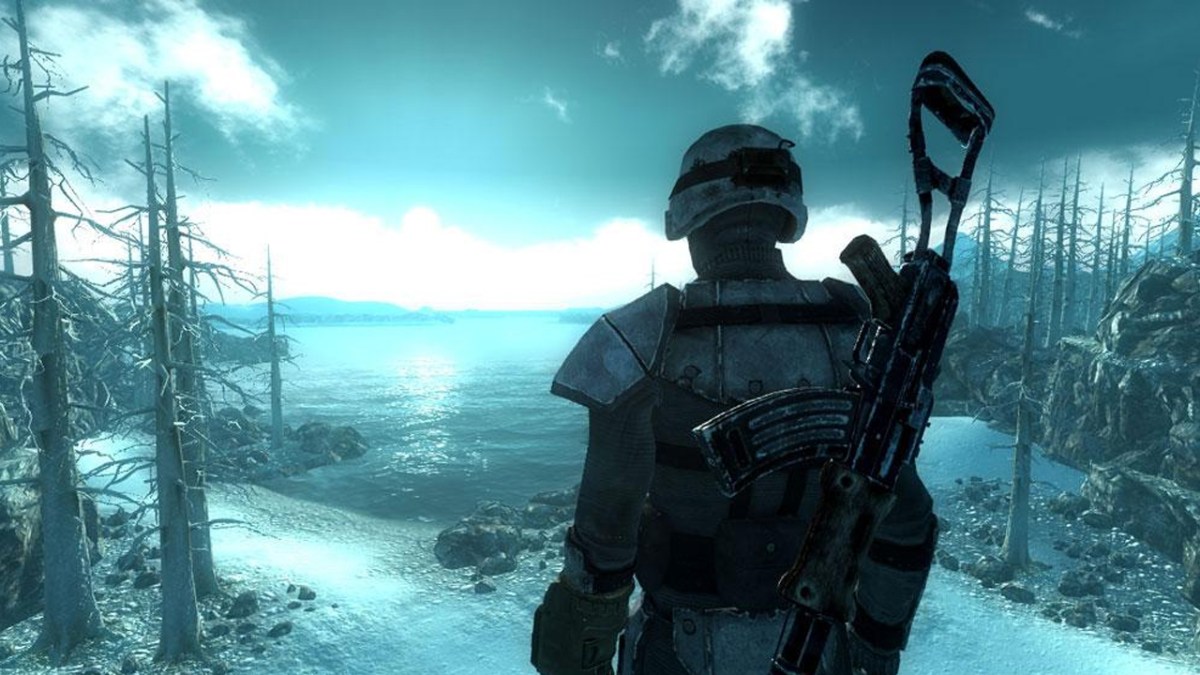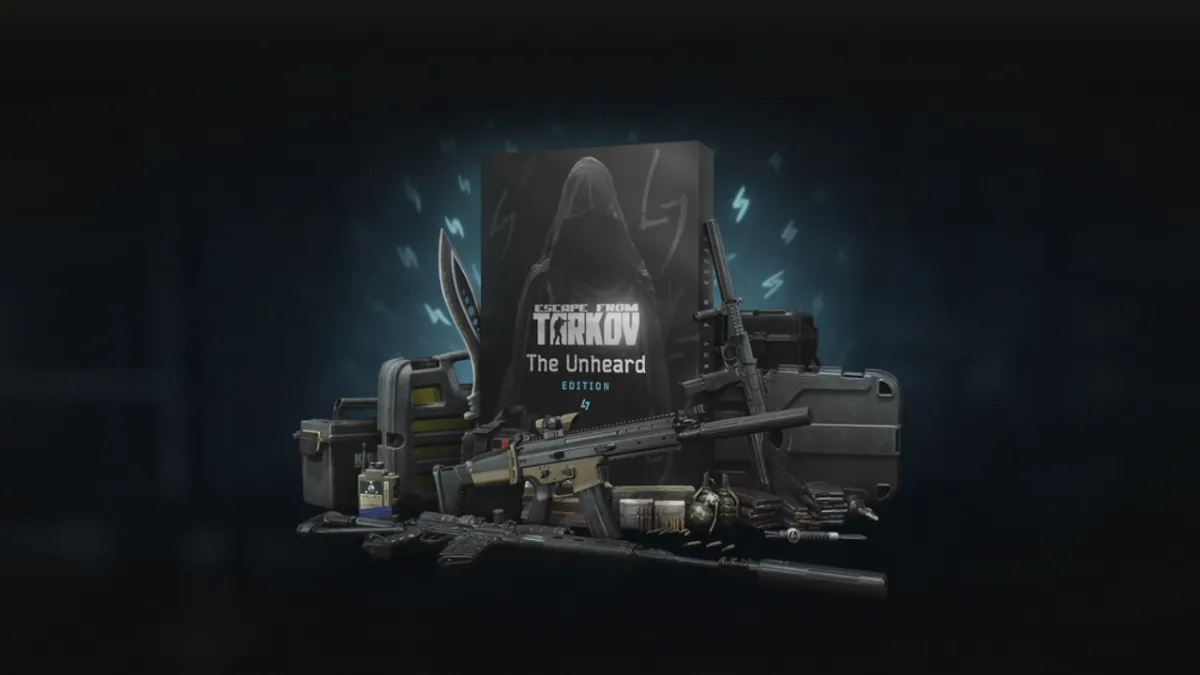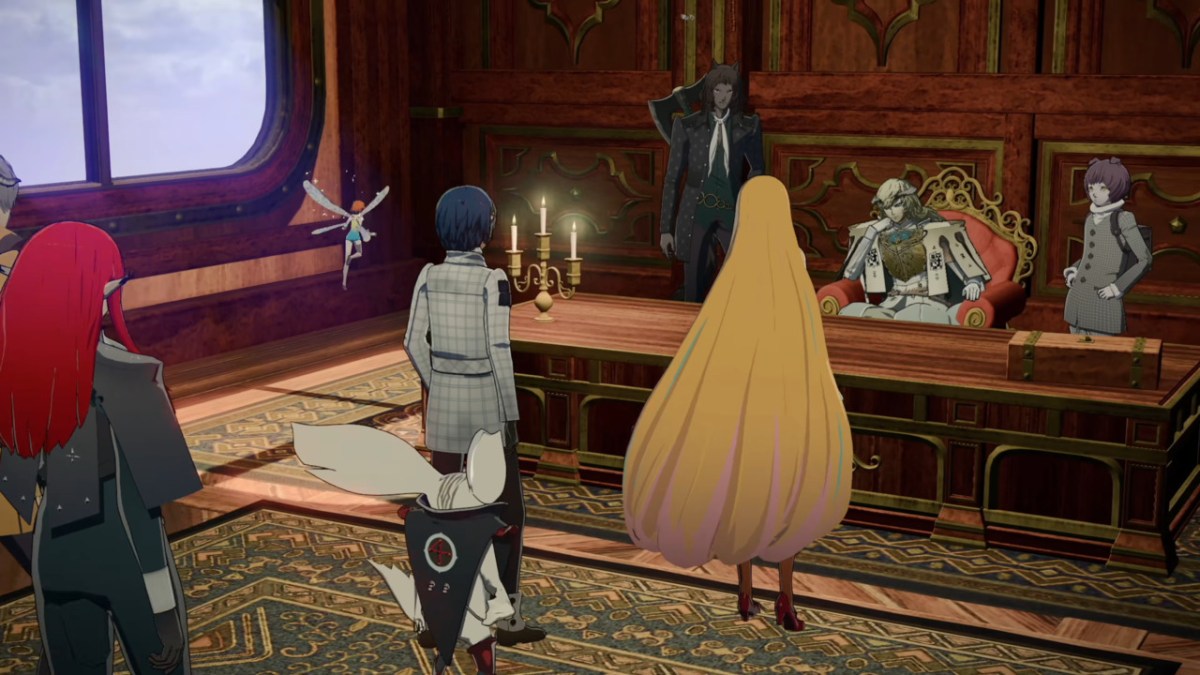There were two points in Men of War that I genuinely fell in love with while playing the game.
The first came shortly after the opening. So far, everything was fairly standard – my poor, lone squad of recruits had taken out a tank, been reinforced, and destroyed an MG emplacement. Then, I saw an unoccupied tank. I recalled the Direct Control options, and a thought occurred. One button press later, and suddenly, it was mine in a very special sense. The arrow keys drove it around. The mouse pointer acted as the crosshairs for the guns. The twenty-odd tonne behemoth was under my very personal command.
The first shell, a hefty armour-piercing bastard, went straight through the roof of a nearby cottage, showering the trees nearby with splintered fragments of wood and brick, and exposing the top floor to the elements. A second shell, high explosive, crashed into the side of the cottage and detonated, blasting brick far and wide. When the smoke cleared, only the foundations and a column or two were left standing. I cackled. Wouldn’t you?
Men of War takes a sharp departure from the usual RTS rigmarole that we see so much of. Yes, it’s set in World War II (that most commercially viable of wars) but it doesn’t matter. Where normal RTS games set you up with a base and ask you to churn out men and tanks to crush your foes through clever abuse of the rock-paper-scissors mechanics, Men of War is normally much more content to set you up with a few squads of infantry and refuse you any reinforcements. What you have, usually, is what you get. You might find troops along the way, but you rarely get the opportunity to “buy” more, and when you do, it’s sorely limited.
In this respect it’s far more of a real-time tactical game than it is a real-time strategy. You make do with what you have, and if you lose a tank, then that’s just too bad. The game lacks sympathy if you’re stupid enough to throw a tank into the path of three artillery pieces, you deserve what you get.
The lesson is that everything is vulnerable. There’s not really a rock-paper-scissors dynamic in the traditional sense here; while an anti-tank emplacement can knock out a tank, it’s equally possible for the tank to spot it first and annihilate it with a couple of carefully-aimed shells. The machine guns on that same tank can shred a column of infantry, but it only takes one of them to throw a grenade that turns the monstrous war machine into a modern art masterpiece. Everything is weak to everything, depending on the circumstances.
It’s all about the tactics, which has two huge implications. The first is the effect that Direct Control has on this, and yes, it makes things easier. Being able to use your sniper to knock out the soldier crawling on his belly towards your AT emplacement helps a lot. In a nice touch, if a vehicle has multiple weapons that can be used at the same time (such as, once again, a tank) the computer will take control of any that you’re not using. You don’t have to rapidly switch from cannon to machine guns. If the guns can hit enemies, the AI makes sure they will.
The other implication is micromanagement, and the game trips over itself a little, here. When you get a large amount of troops, you have far too many variables to keep track of. Vehicles have fuel. Infantry have ammunition. Everyone has a separate inventory. When you have a few hundred troops under your command and you need to order them all to go and get more ammunition during a break in the assault – and then also remember that they need different types, and your tanks up front could do with a few shells too – it starts to get on top of you.
Combat, fortunately, doesn’t require much micro. Your soldiers will move to cover (or away from it, if a grenade comes sailing in) without you needing to tell them. They’re more than capable of throwing grenades when it’s sensible, or falling prone, or patching themselves up with bandages when there’s a lull in combat.
The high quality of the AI when they’re looking after themselves is countered by the slightly lower quality of the AI when you’re giving them direct orders. The pathfinding can be remarkably stupid on occasions, particularly when you’re trying to get troops into cover. Telling one of my Russian conscripts to take cover in a trench, with an entrance a few feet away, sent him on a meandering path around the far side of the trench, and straight into a hostile machine gun emplacement. I’ve killed more Russians than Stalin and I haven’t even been trying.
Somehow, though, it just doesn’t matter. The game is all about the last stand mentality, the it’s-our-only-hope-but-it-just-might-work feeling. Every mission is an Alamo, of some sort, and when you pull it off, it’s fantastic. One Russian level left me at the mercy of an unlimited swarm of German infantry and tanks, with only a meagre force to hold them off for a set time. We got pushed back further and further, troop numbers dwindled, and finally we were at our last line of defence. Through clever use of destroyed vehicles as cover, my remaining squad of soldiers managed to hold them off just long enough for the evacuation to complete. I felt like cheering.
This does lead onto another criticism, though, and in this case it’s that there are just too many defensive missions. Generally, and there are exceptions, missions seem to fall into either defensive missions (which may admittedly be capture-and-hold, rather than just defend) or sneaky levels with extremely limited troop numbers that feel a hell of a lot like old Eidos hit Commandos. Some of the latter are fine: there are plenty of fun examples of knifing a guard, stealing his weapons, legging it across a road, and hijacking an unattended motorbike. There are plenty of less fun examples of trying to cross a road and getting shot, and having to reload five minutes back unless you’re saving after every move. Some of these levels are finely pitched and balanced, and others are hopelessly annoying trial-and-error patience-testers.
The variable difficulties don’t make things much easier, either. Easy is more than enough of a challenge, Medium ratcheted it up more than I could reasonably take, and I didn’t dare try Hard. The tutorial level is harder than the levels following it, and the tutorial itself is completely inept.
In general it’s a game that lacks polish and charm. The voice acting is hilariously bad, almost to the extent of Resident Evil. It’s impossible to care for the characters, and the only part of the cutscenes that are handled well are the UKTV History-style maps and voiceovers explaining what’s happened in the war since your last scenario. Despite the sheer amount of polish in the physics engine, and despite pretty much everything acting as cover and plenty of realistic damage modelling when it comes to weapons breaking through wood and stone, it’s not a game that sucks you in with immediate bravado, like Company of Heroes. Men of War isn’t an exciting, heroic Hollywood war. It’s a slightly dull history lesson supplied by a teacher with a monotone voice. Even the user interface is bloated and, initially, deeply confusing. It’s only later, when you know which parts can be safely ignored and which hotkeys you need to remember, that the game really starts to click, and when it does it’s glorious. The game is an incredibly slow burner, but but when it does, it burns brightly.
Levels expand outwards in Supreme Commander tradition, with battles that initially task you with capturing a location then asking you to rescue a nearby platoon pinned down by a Russian, then assault a hilltop base with the aid of that platoon, then defend it from an enemy counter-attack while supplies get through. With every different objective, the previous part of the map becomes obscured and impassable, and more opens up. Every time you finish a level, you feel like you’ve won a war.
Great games usually result in great anecdotes, just look at the Total War series, or any Battlefield game. Regardless of the pathfinding, regardless of the voice acting and total lack of panache, and regardless of the mental anguish that a few stealth levels caused, I think that, for years to come, I’ll be telling of the time when one of my guns cracked the ice under a Panzer, sinking it to the bottom of the river and allowing us to launch a counter-offensive that turned the tide of the war. That was the second time I fell in love with the game.



